Dell, IBM, Qumulo Lead Gartner’s File And Object Storage Magic Quadrant
CRN breaks down the strength and weaknesses for the 15 leading storage vendors who made Gartner’s new 2021 Magic Quadrant for Distributed File Systems and Object Storage.

The Top 15 Distributed File Systems And Object Storage Companies
The need for file storage systems and object storage is greater than ever before with Gartner predicting that by 2026, large enterprises will triple their unstructured data capacity stored as file or object storage on-premises at the edge or in the public cloud, compared to 2021.
The 15 biggest and most innovative storage companies in the world made Gartner’s 2021 Magic Quadrant for Distributed File Systems and Object Storage—from Dell Technologies and IBM to Nutanix and Weka.
The IT research firm says leaders are looking to deliver cost-effective and scalable storage platforms for the ever-growing amounts of unstructured data. Gartner users report unstructured data growing more than 30 percent year over year.
One big key trend is software-defined storage (SDS) as Gartner estimates that by 2025, 60 percent of the global unstructured data storage capacity will be deployed as SDS, up from less than 25 percent today.
CRN breaks down the 15 global leading storage vendors who made Gartner’s new Magic Quadrant for Distributed File Systems and Object Storage, along with an assessment of each company’s strength and weakness.

Gartner Methodology
In order to make Gartner’s 2021 Magic Quadrant for Distributed File Systems and Object Storage, vendors must have more than $10 million in annual product revenue in file or object storage sales.
Companies must have at least 75 production customers each consuming more than 500TB raw capacity via file or object storage protocols only. Additionally, vendors’ storage products must be installed in at least three major geographies.
The two underlying technologies that form the unstructured data storage market are object storage and distributed file system storage, Gartner said.
Object storage is the software and systems that house data in structures dubbed “objects” and serve data via RESTful HTTP APIs such as Amazon S3. Distributed file system storage uses a single file system to cluster multiple storage nodes together, presenting a single namespace and a storage pool to provide high-bandwidth data access for multiple hosts.
Gartner’s Magic Quadrant ranks vendors on their ability to execute and completeness of vision and places them in four categories: Niche Players (low on vision and execution), Visionaries (good vision but low execution), Challengers (good execution but low vision) and Leaders (excelling in both vision and execution).
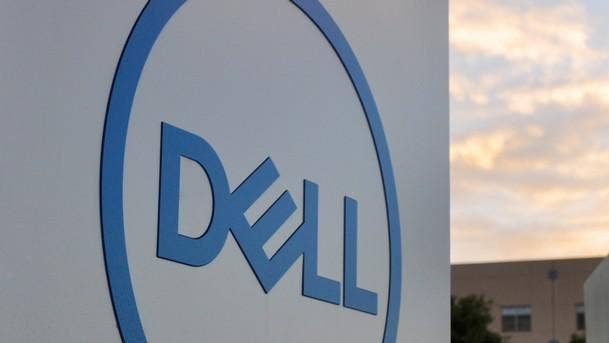
Leader: Dell Technologies
Dell Technologies won the gold medal for execution on Gartner’s Magic Quadrant, while also ranking third for vision. The Round Rock, Texas-based infrastructure and PC giant leads with PowerScale, a distributed file system that runs on-premises and available as a native service in Google Cloud, as well as Dell’s object storage platform ECS, which runs on-premise and in the cloud. Both products cover the majority of the unstructured data use cases and offer centralized management with Dell EMC’s CloudIQ and DataIQ.
Strength: Dell has the largest installed base on the planet of unstructured data storage with PowerScale and ECS, Gartner said. The storage products built on the same Dell server hardware, giving clients assurance on product reliability and parts availability.
Weakness: Dell lacks an SDS offering that can run on non-Dell, bare-metal x86 servers and lacks market traction in public cloud deployments, Garter said this results in limited applicability as a hybrid cloud storage solution.
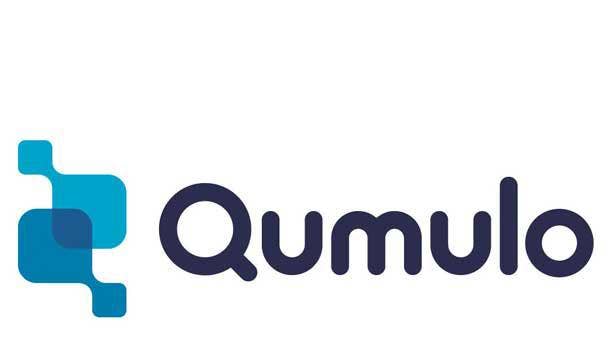
Leader: Qumulo
Qumulo ranks as the world leader for vision on Gartner’s Magic Quadrant, while ranking among the top of the group for execution. The Seattle-based unstructured storage specialist offers a portable software-defined file storage platform with data services that operates on-premises and in public clouds. The solution is designed for large-scale, high-throughput file workloads with built-in performance analytics and capacity management. Gartner said Qumulo is best suited for commercial high-performance computing (HPC), analytics and hybrid cloud storage.
Strength: The number of Qumulo customers with over 1-petabyte storage capacity under management rivals its larger competitors, showing client confidence in Qumulo for multipetabyte requirements, Gartner said.
Weakness: Besides being a lesser-known company compared to the likes of Dell and IBM, Gartner said Qumulo doesn’t support nondisruptive removal or downsizing nodes per cluster which could limit its value as an automated, managed file-as-a-service offering.
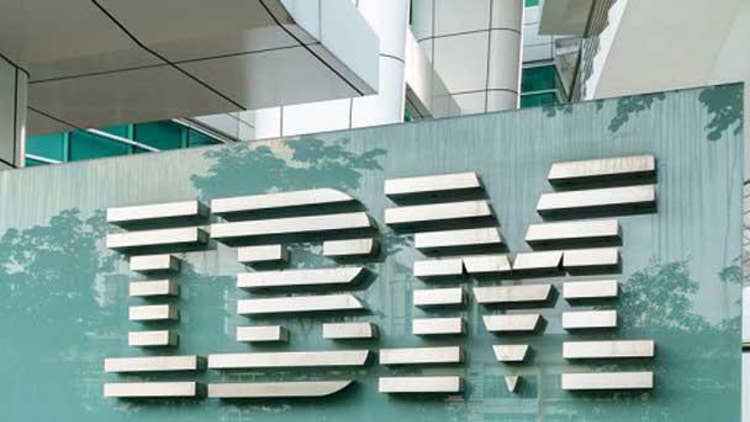
Leader: IBM
IBM won the silver medal for execution on Gartner’s Magic Quadrant and ranks amongst the top of the group for vision. The Armonk, N.Y.-based technology behemoth’s Spectrum Scale is a parallel file system product that runs on-premises and in select public clouds. IBM’s Cloud Object Storage (COS) runs on-premises and in the IBM Cloud. Spectrum Scale is best suited for commercial HPC and analytics, while COS is used for archive and private cloud storage.
Strength: IBM’s COS is the only object storage product on the market that is also the underlying storage of a major public cloud. Gartner said this provides the assurance of running a large-scale environment for object native workloads.
Weakness: Gartner said leaders “rarely consider” Spectrum Scale for general-purpose file system workloads because it was designed for high-performance workloads and depends on open-source NFS and SMB implementations.
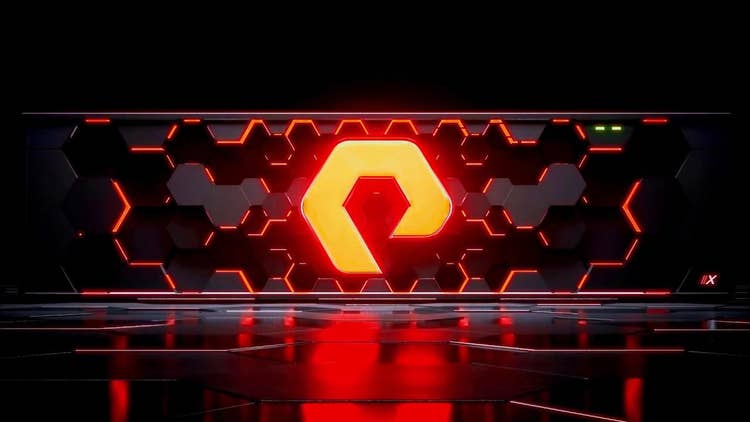
Leader: Pure Storage
Pure Storage ranks second for vision and among middle of the pack for execution on Gartner’s Magic Quadrant. The Mountain View, Calif.-based longtime storage innovator’s purpose-built unified file and object platform is FlashBlade. Pure Storage offers a scale-out distributed file system that is designed to handle tens of billions of files and objects for massive throughput and parallelism by adding blades to scale capacity and performance. Pure is suited for commercial HPC and backup where recovery time objective performance is critical.
Strength: Pure Storage is well-regarded by customers as easy to do business with and its product are seen as simple to install and manage. Its Evergreen life cycle management support program is highly valued.
Weakness: Pure Storage lacks advanced enterprise features, Gartner said, such as SMB 3.0 and seamless failover, deduplication, tiering, and the ability to deploy as a software-only version on public cloud infrastructure.
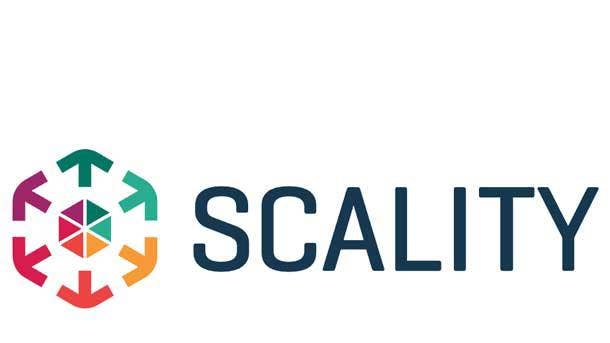
Leader: Scality
Scality ranks fourth for vision on Gartner’s Magic Quadrant and among the top of group for execution. The San Francisco-based company offers its RING storage solution for on-premises and extensions to the public cloud. Scality offers integrated file and object storage for high-capacity unstructured data workloads and runs as software on commodity hardware. RING is suited for multipetabyte geographical deployments of unstructured data for content distribution, media, backup and archiving requiring an SDS solution, Gartner said.
Strength: Scality’s hybrid cloud integration capability to deliver file and object storage into a single solution is an attractive market differentiator. RING clients tout Scality’s quality of sales, presales and technical support.
Weakness: RING is a lesser fit for smaller deployments, Gartner said, while its global install base is also small compared to other vendors which can raise issues for long-term continuity.
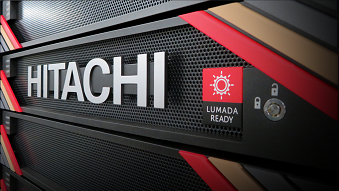
Challenger: Hitachi Vantara
Hitachi Vantara excels at market execution, ranking third on Gartner’s Magic Quadrant for execution, although amongst the bottom half of the pack for vision. The Santa Clara, Calif.-based company’s object storage Hitachi Content Platform (HCP) is offered as software or an appliance that runs on-premises, and in public and hybrid cloud environments. HCP can scale performance and capacity independently to support a wide range of workloads. Gartner said HCP is best suited for analytics, cloud storage, backup and archive, and hybrid cloud.
Strength: Hitachi Vantara HCP is trusted for its reliability, and has an extensive and loyal global customer base that favors its high availability and resilient systems.
Weakness: Gartner clients said Hitachi Vantara is one of the more difficult vendors among industry leaders to work with and can be inflexible with contractual matters.
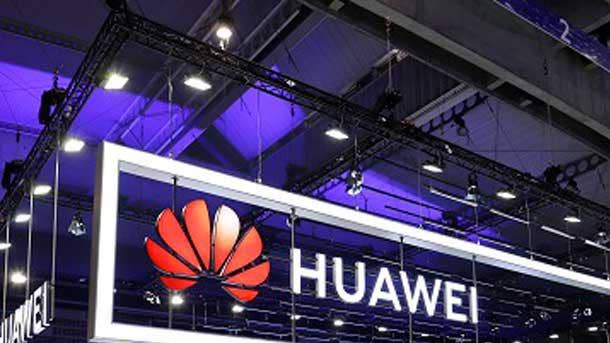
Challenger: Huawei
Huawei ranks fourth for execution and among the bottom half of the pack for vision on Gartner’s Magic Quadrant. The China-based technology conglomerate offers OceanStor Pacific—previously known as OceanStor 100D—as a single distributed file system, block and object storage product. While OceanStor 9000 is still supported for file workloads, OceanStor Pacific is now Huawei’s flagship product for all unstructured data needs. Huawei’s OceanStor Pacific is suited for large private clouds, content distribution, cloud-native applications and archiving.
Strength: Huawei’s OceanStor Pacific is designed for wide range of unstructured data workloads as a single product for scalable and performant file and object storage services, with some of the best data efficiency capabilities in the market.
Weakness: U.S. sanctions and geopolitical impact continues to challenge Huawei’s adoption and expansion outside of Asia. OceanStor Pacific file services are still nascent in terms of feature set and customer adoption, Gartner said.

C hallenger: Cloudian
Cloudian ranks fifth for execution on Gartner’s Magic Quadrant and among the bottom half of the pack for vision. The San Mateo, Calif.-based object storage specialist offers a scale-out object platform that is designed for high-throughput object storage workloads. Cloudian HyperStore runs on-premises and in public clouds, offering an add-on scale-out file gateway to handle file workloads.
Strength: Cloudian’s strategy on backup opportunities for providing S3-compatible storage with Object Lock technology for ransomware protection remains an attractive solution for many customers. Clients tout Cloudian’s HyperStore for its simplicity of deployment, ease of management and S3 compatibility.
Weakness: Cloudian’s global installed base is relatively small compared to other market leaders, while Gartner said its file service implementation, HyperFile, is not natively integrated into the object storage system.
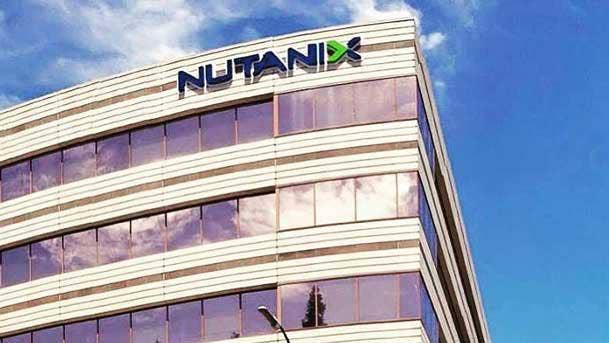
Visionary: Nutanix
Nutanix is a visionary on Gartner’s Magic Quadrant, ranking fifth for vision and among the bottom half of the pack for execution. The San Jose, Calif.-based hyperconverged infrastructure (HCI) software standout’s Nutanix Files and Nutanix Objects are integrated with the Nutanix hyperconverged platform to provide a single architecture and management. It’s designed to be deployed across nodes, leveraging an existing HCI for smaller deployments, or on a dedicated-storage-only cluster for larger ones. Nutanix is suited for hybrid cloud and cloud-native application storage.
Strength: Nutanix’s rich data analytics tools are providing differentiating capabilities such as monitoring and reporting of abnormal user behavior, performance anomalies and audit trails, as well as built-in ransomware protection to detect and block attacks.
Weakness: Nutanix Files and Nutanix Objects are not often considered by Gartner clients as stand-alone storage products, which has historically limited their applicability to only target existing Nutanix HCI customers.

Visionary: NetApp
NetApp ranks amongst the top of the group for vision on Gartner’s Magic Quadrant and in the bottom half for execution. The Sunnyvale, Calif.-based storage specialist’s StorageGRID is an object storage solution available as software-only and as hardware appliances that can run on-premises and in the public cloud. NetApp supports tiering of data from on-premises StorageGRID to public cloud services, including AWS and Azure. NetApp is best suited for cloud storage, archiving, backup and hybrid cloud.
Strength: NetApp’s broad portfolio of appliances range from cost-optimized dense platforms to performance-focused appliances for transactional object workloads. StorageGRID is frequently used to deploy multiple workloads, including both traditional backup/archive and modern object native primary storage.
Weakness: NetApp lacks a common unstructured data platform for addressing both distributed file and object native workloads. Gartner said users express StorageGRID’s GUI and UX can benefit from usability enhancements.
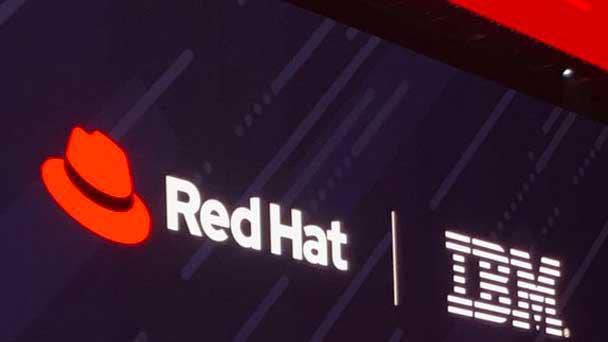
Visionary: Red Hat
IBM owned Red Hat ranks amongst the middle of the pack for both execution and vision on Gartner’s Magic Quadrant. The Raleigh, N.C.-based enterprise open-source superstar’s Red Hat Ceph Storage supports block, object and file workloads. Red Hat also sells a container storage product, OpenShift Data Foundation, which is based on Red Hat Ceph Storage. The solution is suited for content delivery and cloud-native applications.
Strength: Red Hat’s record in open-source software-defined technologies and ecosystem support are attracting leaders looking for flexible software-only storage powered by community-driven innovation. IBM has expanded Red Hat’s access to the global market and traditional enterprises.
Weakness: Gartner said clients rarely shortlist Ceph Storage as a stand-alone storage platform for unstructured data, as Red Hat positions it as part of its platform and data services. Red Hat’s CephFS file system services are nascent and have low market adoption.
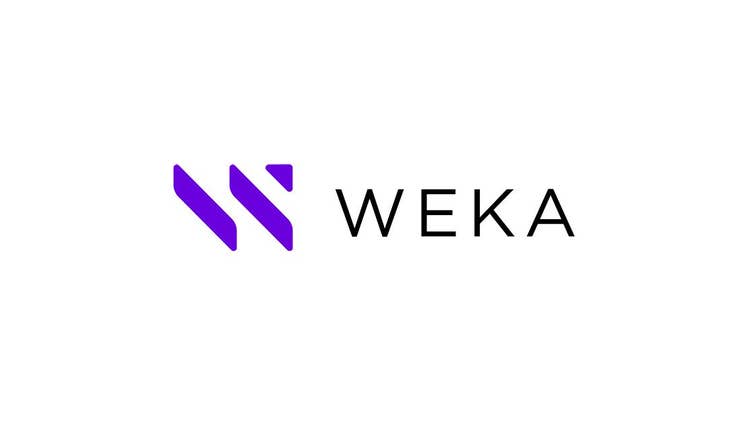
Visionary: Weka
As a relative newcomer to the unstructured data market, Weka ranks high among the top group for vision on Gartner’s Magic Quadrant, although ranking in last place for execution. WekaFS is a software-defined distributed file system that can be deployed on-premises through OEM partners and in the public cloud, and has a parallel file system client. WekaFS is designed as an NVMe-based, I/O-intensive, low-latency distributed file system that can also extend to object storage in a single namespace on-premises or in the cloud.
Strength: Weka’s multiprotocol capabilities and the ability to extend its file system to the object storage provides better scalability and cost-efficiency compared to traditional all-flash file systems, and enables hybrid cloud storage capabilities.
Weakness: The Campbell, Calif.-based company has limited brand awareness, traction and global reach compared to the market leaders. WekaFS can currently only be deployed in AWS.
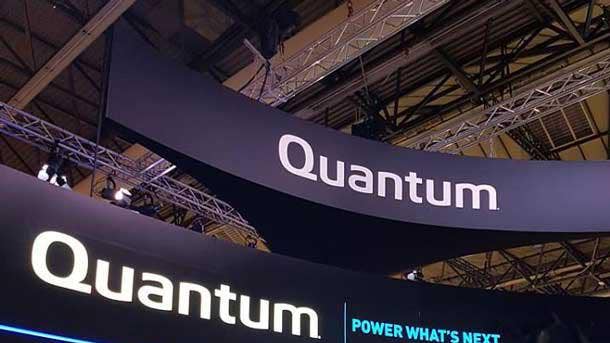
Visionary: Quantum
Quantum ranks amongst the middle of the pack for both vision and execution on Gartner’s Magic Quadrant. The San Jose, Calif.-based data management specialist’s acquired Western Digital’s object storage appliance business ActiveScale in 2020. Quantum has created a roadmap for integrating ActiveScale into its portfolio by developing an integrated solution together with its tape and StorNext file system product. ActiveScale is suited for large unstructured data workloads such as archiving of scientific and medical research data and repositories of rich media content.
Strength: Quantum is attractive for organizations looking for end-to-end solutions that store high volumes of rich media such as video data.
Weakness: Quantum’s ActiveScale strategy is mainly around backup and large unstructured repositories, with a focus on the unlimited and eternal archive, and it is rarely considered for other use cases by Gartner clients.

Niche Player: Inspur
Inspur ranks near the bottom of the pack for both vision and execution on Gartner’s Magic Quadrant. The China-based infrastructure and data services standout’s AS13000G5 series provides a unified software solution for both file and object storage. Inspur offers three AS13000G5 models for petabyte-scale applications for high performance, high-definition video, high reliability and cloud-based deployments. Inspur storage is suited for backup and archiving, commercial HPC, hybrid cloud, and analytics.
Strength: Inspur has experienced a rapid growth in customers and managed petabytes in China and Japan. The company receives high marks from customers for aggressive pricing, high performance and large cluster capacity.
Weakness: Inspur lags behind major industry vendors with a proven centrally managed, SaaS-based storage-as-a-service offering for data services across major cloud platforms outside of the Asia/Pacific region. AS13000G5 capabilities and features are most focused on performance-oriented use cases.
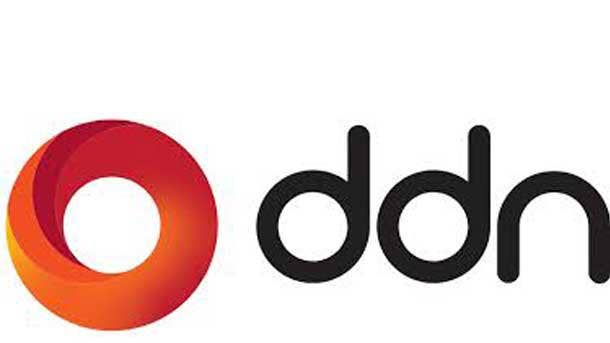
Niche Player: DataDirect Networks (DDN)
DDN ranks last place for vision and near the bottom for execution on Gartner’s Magic Quadrant. The Los Angeles-based company’s EXAScaler is a distributed file system that runs on-premises and in the cloud. It is deployed primarily for large-scale, high-throughput file workloads and sometimes as an S3 target for archive use cases. EXAScaler is powered by the Lustre open-source parallel file system. EXAScaler is best suited for HPC and analytics.
Strength: DDN offers a proven storage solution for HPC and artificial intelligence workloads, including enhancements for deployment and integration in GPU environments to support NVIDIA DGX SuperPOD.
Weakness: DDN’s offerings have limited focus in addressing requirements for general-purpose file storage, Gartner said. The company doesn’t have developer-friendly object storage for object-native workloads that is simple to download, deploy and manage.